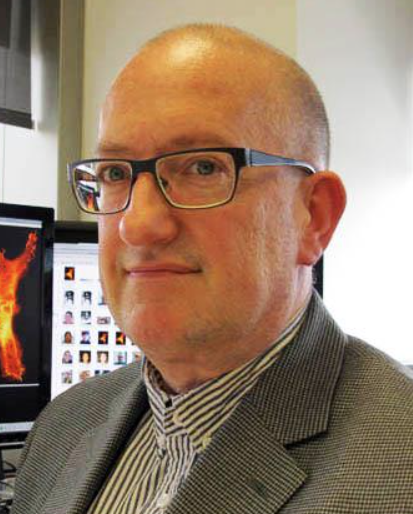Lance Davidson, PhD
Mentor

Dr. Lance Davidson
Bioengineering, Developmental Biology & MIRM
Our group is working to understand the rules and principles used by embryos to construct complex functional tissues; our effort is directed toward identifying the genetic and molecular basis of multicellular mechanics so that we can discover how events on a molecular and cellular scale drive organogenesis and morphogenesis. We have been working on several projects: (1) We have developed biophysical tools to measure force-generation and viscoelasticity of extremely soft tissues and use both small molecule inhibition and antisense approaches to perturb elements of adhesion and the cytoskeleton to quantitatively challenge their biomechanical roles in shaping tissues. (2) We have been characterizing the cell and tissue movements establishing the heart forming region of the vertebrate embryo. We have found bilateral cell sheets that form the heart undergo a process of both epithelial contractility and convergent extension as they merge to form the cardiac field. (3) To understand the cell and molecular mechanisms controlling epithelial contraction mechanics underlying heart formation and other developmental processes we have uncovered three mechanisms to exogenously trigger apical contraction in epithelial cells. The molecular pathways triggering cell contraction, the molecular systems transducing the signal from cell-to-cell and the downstream effectors of induced cell contraction parallel the pathways controlling vascular endothelial cell mechanics and the processes controlling contraction of pre-cardiac progenitor cells. In addition to these studies we have begun collaboration in the last year to analyze the self-assembly of lymphatic vasculature in ex vivo tissue explants. These new efforts extend our basic research studies to clinically relevant analyses of the human lymphatic system.
